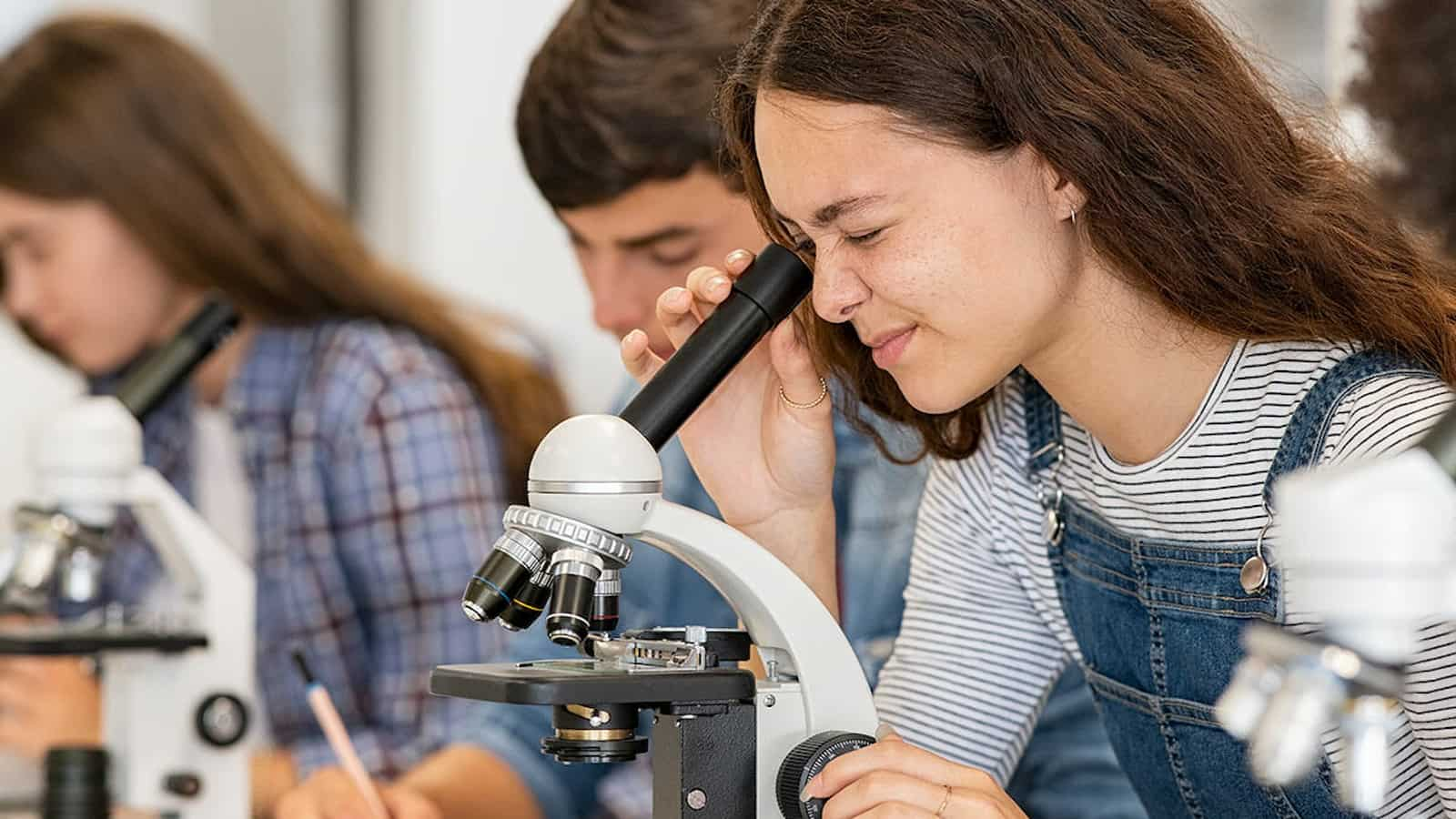Following is a summary of current science news briefs.
North Korea’s first spy satellite is ‘alive’, can manoeuvre, expert says
North Korea’s first spy satellite is “alive”, space experts said on Tuesday, after detecting changes in its orbit that suggested Pyongyang was successfully controlling the spacecraft – although its capabilities remain unknown. After two fiery failures, North Korea successfully launched the Malligyong-1 satellite into orbit in November. Pyongyang’s state media claimed it has photographed sensitive military and political sites in South Korea, the United States and elsewhere, but has not released any imagery. Independent radio trackers have not detected signals from the satellite.
Iran’s Pars 1 satellite enters space after Russian launch
Russia launched into space an Iranian research satellite which will scan Iran’s topography from an orbit of 500 km (310 miles), Iran’s state media reported on Thursday. The remote Pars 1 research-sensing satellite weighs 134 kg (295 pounds), and a Russian Soyuz rocket launched it from the Vostochny Cosmodrome.
People with tails? No, because of this ancient genetic mutation
A species of enormous blue beings with tails that resemble humans live in director James Cameron’s “Avatar” movies. So why does our species lack a tail, considering that our evolutionary forerunners in the primate lineage had them? Scientists on Wednesday identified what might be the genetic mechanism behind the tailless condition of us and our ape ancestors – a mutation in a gene instrumental in embryonic development. The tail was a feature of most vertebrates for more than half a billion years, and its loss may have offered advantages as our ancestors moved from the trees to the ground, they said.
China aims to put first Chinese on the moon before 2030
China said it aims to put the first Chinese on the moon before 2030, state television CCTV said on Thursday. China will coordinate and promote the application and development of its space station and manned lunar exploration this year, the state media said citing the China Manned Space Agency.
In risky space business, Intuitive Machines sets sights on second moon landing
Intuitive Machines and its space-cargo customers expect the company to emerge stronger from its problem-plagued moon landing this week, with improvements set for the company’s second lander after its first went where no private firm has gone before. The company’s Odysseus moon lander on Thursday ended its week-long mission near the lunar south pole after a mix of successes and failures that illustrated the type of risks the company and NASA, the mission’s biggest backer, have come to embrace.
US moon lander Odysseus goes dormant a week after lopsided landing
Odysseus, the first U.S. spacecraft to land on the moon in half a century, lost power and went dormant on Thursday as it entered a frigid lunar nightfall, ending its mission a week after a lopsided touchdown that hindered operations and its scientific output. Intuitive Machines, the Texas-based aerospace company that NASA paid $118 million to build and fly Odysseus, said its ground control team had received a final “farewell transmission” from the spacecraft before it went dark on the moon’s south pole region.
(With inputs from agencies.)


















